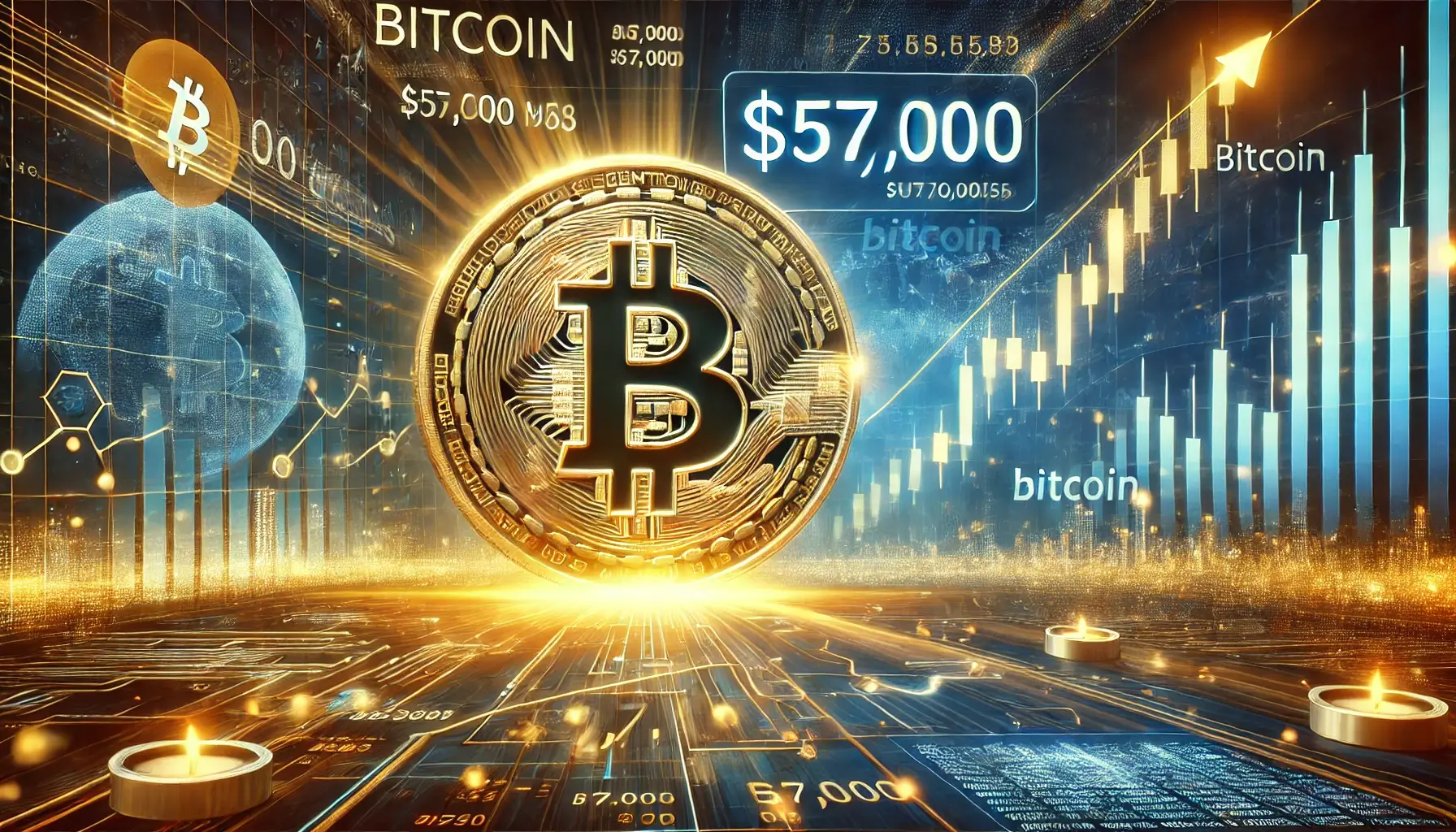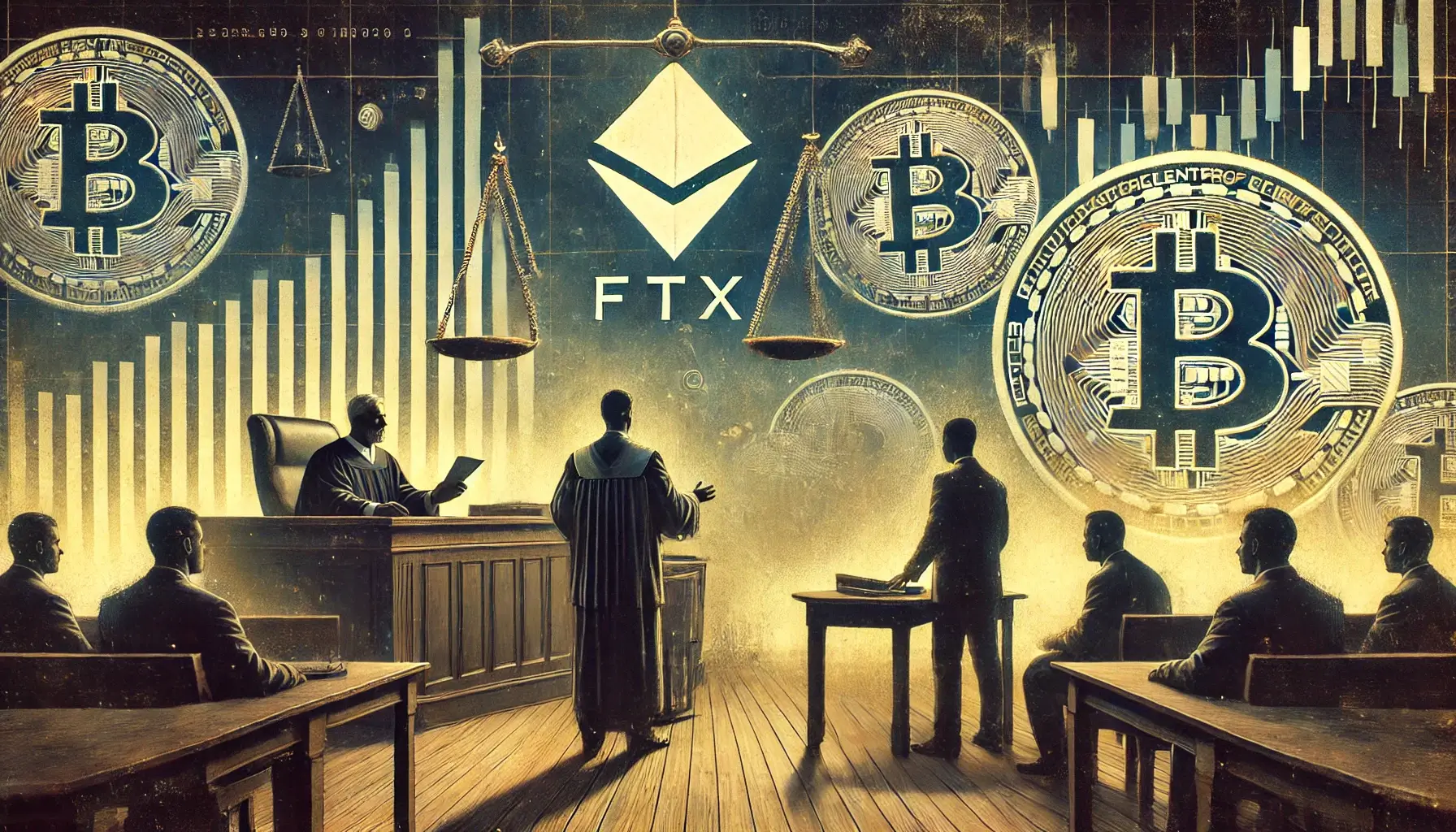Bitcoin’s price saw a notable recovery on Monday, hitting $57,050, a rebound from its initial dip to $53,930 at the beginning of a typically bearish September. The cryptocurrency currently trades at $57,226, sparking hopes for continued growth. However, on-chain analysis hints at a potential final dip before a robust rally expected to last through the end of the year.
Earlier today, an on-chain analytic platform attributed the price surge to intense market Fear, Uncertainty, and Doubt (FUD), leading traders to short Bitcoin significantly on leading exchanges. “On major exchanges like Binance & Bitmex, Bitcoin has been heavily shorted since Saturday. Trader FUD and doubt in this rally will only fuel prices higher,” noted the platform’s post on X.
While certain metrics like the Delta Cap show bullish potential for Bitcoin, they also indicate that a sustained uptrend may not materialize immediately. The Delta Cap, which is useful in pinpointing Bitcoin’s market bottoms by comparing it to the Realized Cap, is currently at $407.36 billion against a Realized Cap of $621.35 billion. This significant disparity suggests a delay before a steady rise begins, potentially positioning Bitcoin close to its bottom, but not quite there yet.
Crypto analyst Rekt Capital weighed in, suggesting resilience through September could lead to substantial gains. “You just need to survive September. Because if history repeats, Bitcoin may be heading for three straight months of positive upside Monthly returns,” he stated.
From a technical perspective, Bitcoin’s current position below the 20-day Exponential Moving Average (EMA) indicates resistance near $58,000. Overcoming this could see Bitcoin challenge the $60,000 mark, potentially dispelling the bearish outlook and setting the stage for a rally towards $70,000. Conversely, failure to surpass these levels could see prices sliding down to as low as $52,954.
Source: Bitcoin (BTC) Retests $57,000: Final Pullback Before All-Out Rally


.png)

.png)


.png)









